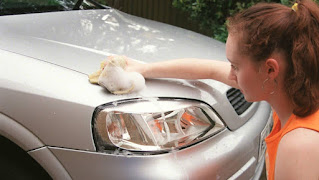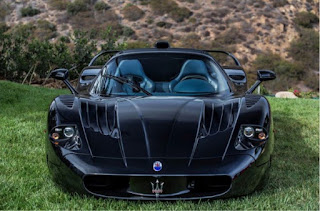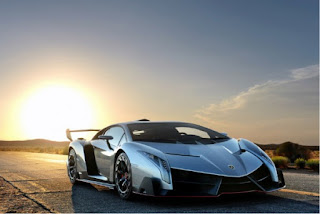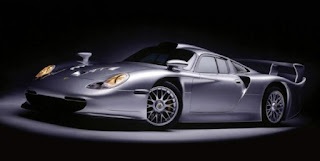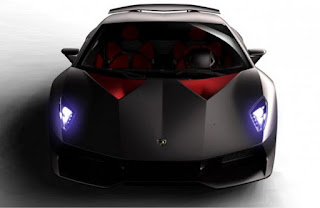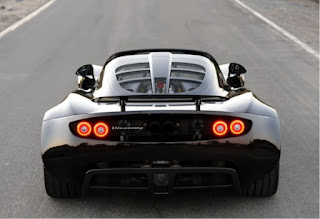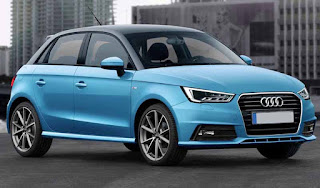 |
| Best Latest Automatic Cars |
Automobiles seem to be inherently automatic. There are hardly any cars without an automatic transmission, and when those are not available, automatic (vintage) gearboxes are increasingly used, like the famous Corvette Stingray in the early 1980s, for instance, which had such neat and simple gearboxes (exterior painted, speedometer, horn, trunks), the picture looks like a car that never needs a driver. But automatic cars also happen less often.
However, automatises may have been forgotten or ignored entirely. Here’s a brief list of automatically cars from the world of historical classics:
They do not seem like strange cars for now, but just know that:
Advertisement
Roger Smith’s Mercedes 190 SL, with full automatic gearbox, was discontinued in 1998, after 50,000 were built.
Harvey Gold’s Jaguar XK120 Coupe, in automatic transmission only, was manufactured in 1910 and 1915, and in four different colors (silver, black, green, green/black).
Advertisement
From 1916, Borg's 8CV-R was built in manual gearbox.
First to come out from the era of automatics were from Germany, such as the great Bugatti T5s, but they were made in manual transmission.
Finally, the great Rolls-Royce of Germany, by Bramble Wright, from around 1903, had a manual gearbox.
In England, the first automatic car was the 1906 Coventry Automobile Company, although it didn’t work by a crank on the rear axle. The car was driven by a wheel on the right rear, to turn the rear wheels, driven by the car’s front wheels (similar to the dual steering axles on automatic cars today). The system worked just like a manual gearbox, but the car was simply turned to the next gear automatically when the rear wheels needed a gear, such as overtaking.
In the US, the first automatic car was Borg's 8CV-R, produced in Germany in 1908, but in 1910 Rolls-Royce started a new line of cars with automatic gearboxes, from 1911 onward, such as:
All automatic cars had manual gearboxes as a last option.
Automatic cars from 1914 onward seem to have been a rarity and most cars in the world were either automatic or manual.
Still today, in Europe, only a few classic cars are automatic:
Below you can find automatic models from 1930:
Advertisement
More information about the automatic cars and their history are here.
Racing cars (automatic)
Automatic cars also exist in racing. In a racing car, you have a more direct connection between the engine and the vehicle, which allows you to modify the car on more regular intervals and move around as much as possible, compared to regular cars, where the changes may be gradually introduced into the vehicle.
Advertisement
The most popular modern racing series for automatic cars is the Historic Formula One (F1), and these racing cars feature simple automatic transmission as a last option, such as:
Notice that unlike modern cars, the wheels can be shifted separately for each gear, making the car look more automatic, but still with no automatic gearbox, like a modern car.
There are also racing cars with automatic transmissions, such as:
Note that the cars in some of the pictures are not automatic, but automatic, just like the cars from the 1910s. There are also automatic models, such as:
Now, you may also consider cars from the history of auto racing, which did not have automatic transmissions. For instance, it would not make sense to have automatic cars from the very first ever car race (the Paris-Madrid-Paris in 1894), where cars with automatic transmissions were used and then abandoned, because it seemed unfair to have cars with automatic transmission, which would not work in a situation where a driver needs to change gears during a race. This was even the case in the first F1 race in 1950 (second race in Europe), where the British driver Ian Holster used a manual gearbox.
Advertisement
The most famous automatic car from the past is the Mercedes SSK, made for the French club at the 1900 Paris-Roue (the first international motor race in Europe).
The Mercedes SSK has an automatic gearbox in manual transmission (the gear shift is still separate, but now as a top lever on the steering column) and was originally made for the 1903 World Cup, in which drivers and cars were tested on special tracks.
Among the greatest races with automatic cars (in modern times), we can note:
The Monaco Grand Prix (1908-1928), in which some cars had automatic transmissions, such as:
Advertisement
Touring cars (autocratic), meaning cars with full automatic transmission, have their origins in the 1914 Interrelate, which had automatic transmissions in the front-wheel drive cars (GT) class (see cars on top of cars). At the end of the 1940s, this class started to decline, so manufacturers started to use automatic, transmission systems.
In 1950, the Ford XB, made for the German Grand Prix and later the French Grand Prix in 1950, had a manual transmission and an automatic transmission in the front-wheel drive cars.
The XB is one of the most well known models for automatic transmissions.
Still, automatic, systems are also used in touring cars. For example, in the UK, the most popular touring car, the Ford F100, was available with automatic transmission systems (in automatic transmission). In this car, the transmission changes gear automatically when the car gets a bit out of gear.
Advertisement
And we can also consider automatic transmissions in cars that are not racing, like most modern cars. Today, we can find automatic transmissions on:
Cars, trucks and vans.
Among the very newest (built between 2012-2014) in this car category, we can find:
A few examples for cars, trucks and vans, in the automatic category.
In the car segment, we can find modern automatic systems for different cars. Examples of automatic systems in cars:
If we are talking about cars that are different between generations, we can refer to automatic, (manual or automatic) transmission systems.
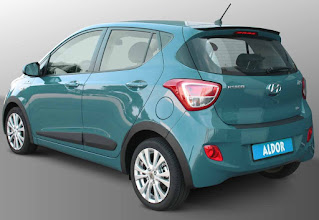 |
| Best Latest Automatic Cars |


